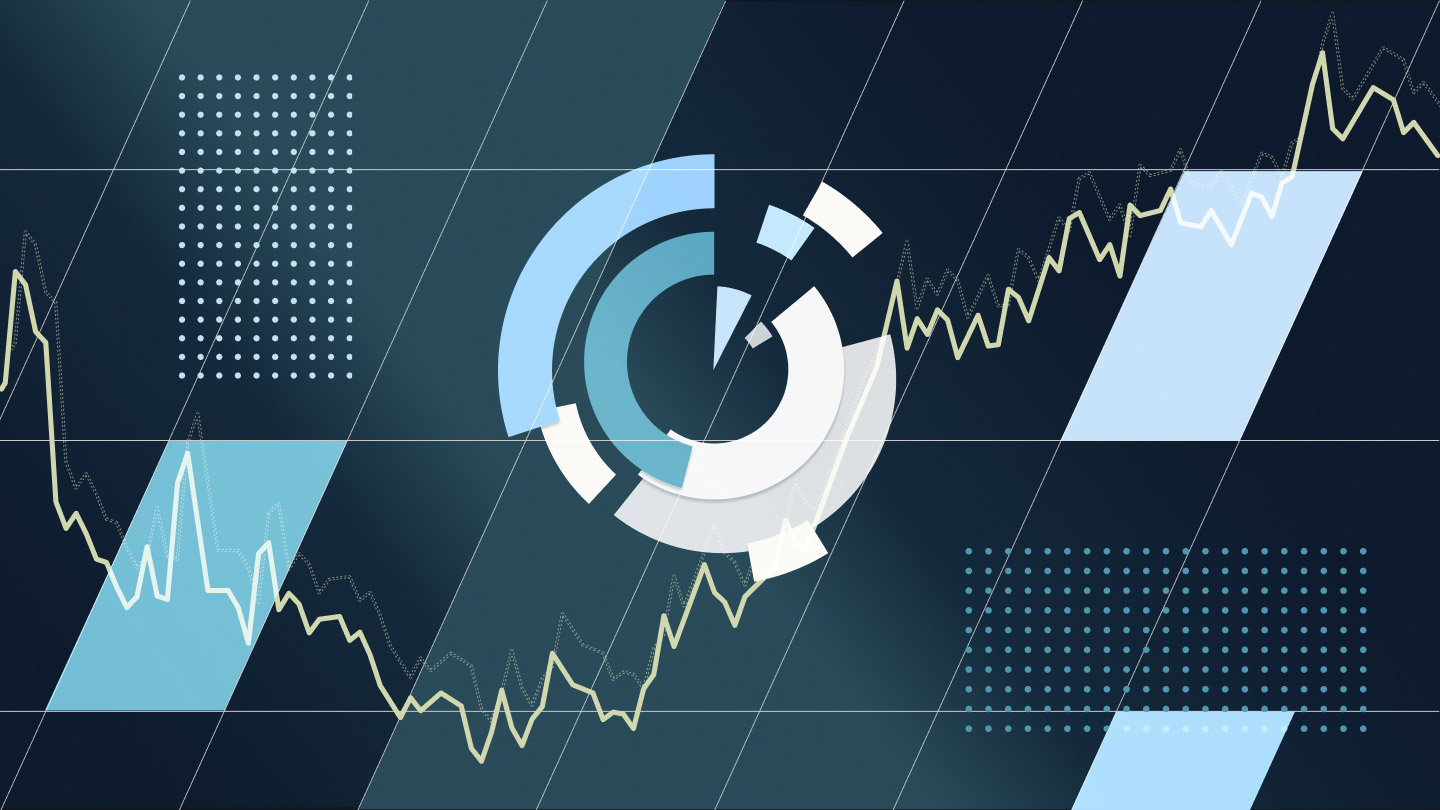Investor adoption of option-based ETFs is broadening, driving strong growth in assets and in the number and variety of products. There are two main strategies in this segment: call writing funds that sell call options to generate income, and buffer ETFs that overlay an option-based hedging strategy to an equity portfolio in order to limit or cap the losses it can face. The first ETFs that trade zero-day to expiry options launched last year, capitalizing on the popularity and liquidity of ultra short-dated options. Additionally, some option-based ETFs that replicate structured retail products have recently come to market. Volumes are mainly concentrated in the U.S., where AUM in option-based ETFs have grown to around $115 billion — an increase of more than 600% over the past three years — across more than 350 funds.
With their rising popularity, option-based ETFs have become a large source of volatility supply. “Option-based ETFs are weighing on equity market volatility,” Kaplan noted. “In our view, this is one of the major reasons for the decline in equity market volatility seen throughout the past year.” Some have drawn comparisons to the buildup of assets in short CBOE Volatility Index (VIX) exchange traded products (ETPs) ahead of 2018’s “Volmageddon” episode. At that time, volatility had remained low for around a year before the VIX spiked from 18 to 37 over the course of one day, causing large losses for inverse strategies. But for J.P. Morgan Research, conditions look to be different this time. “We don’t see a similar mechanism at play in option-based ETFs that could produce a Volmageddon-type episode,” Kaplan said.
One outlier within a year of low volatility came on August 5, 2024, when the VIX experienced its largest ever intraday spike. Option-based ETFs weren’t the cause, and they didn’t experience the large losses seen during Volmageddon — at the same time, they provided little resistance to the surge. This is because they only suppress volatility over a relatively narrow price range and in the event of a 5-10% sell-off, markets can be left more vulnerable. “On August 5, we moved outside the range where option-based ETFs materially suppress volatility,” Kaplan explained. “Then, as the market recovered and overwriting positions were rolled down and out, option-based ETFs and dealer option hedging began suppressing volatility once again, contributing to the VIX’s rapid retracement.”



